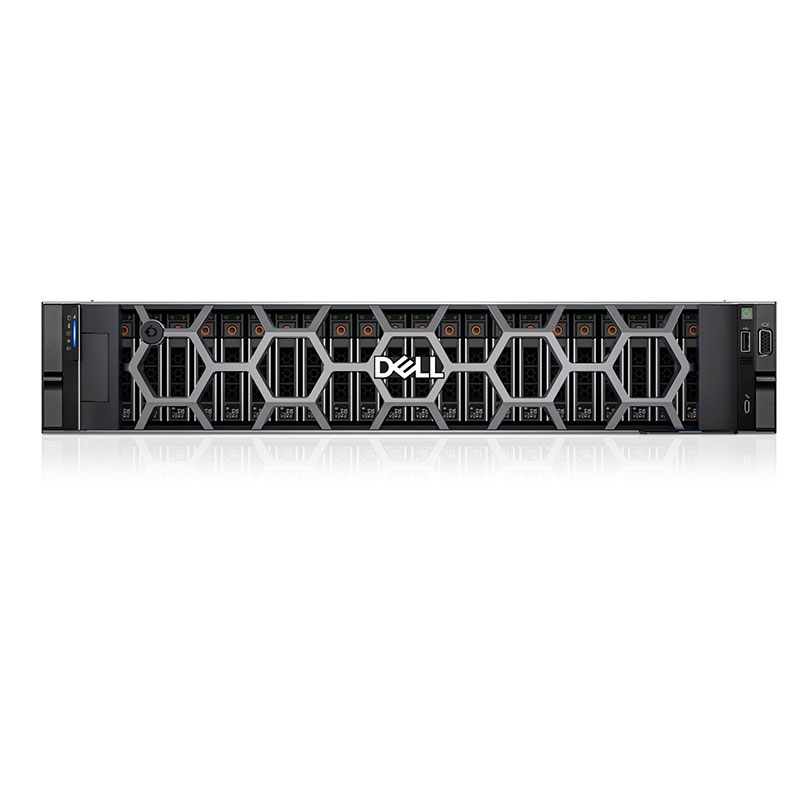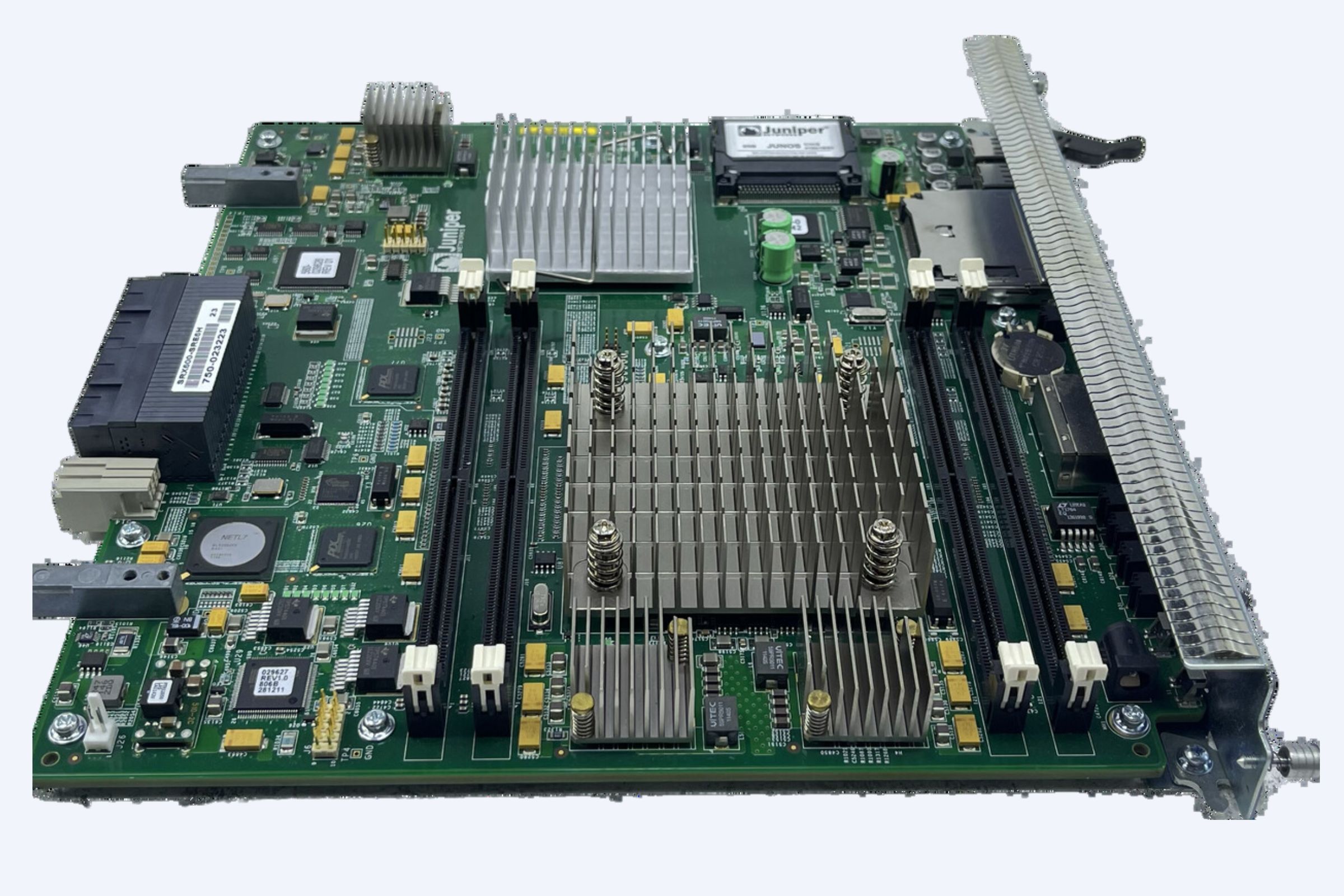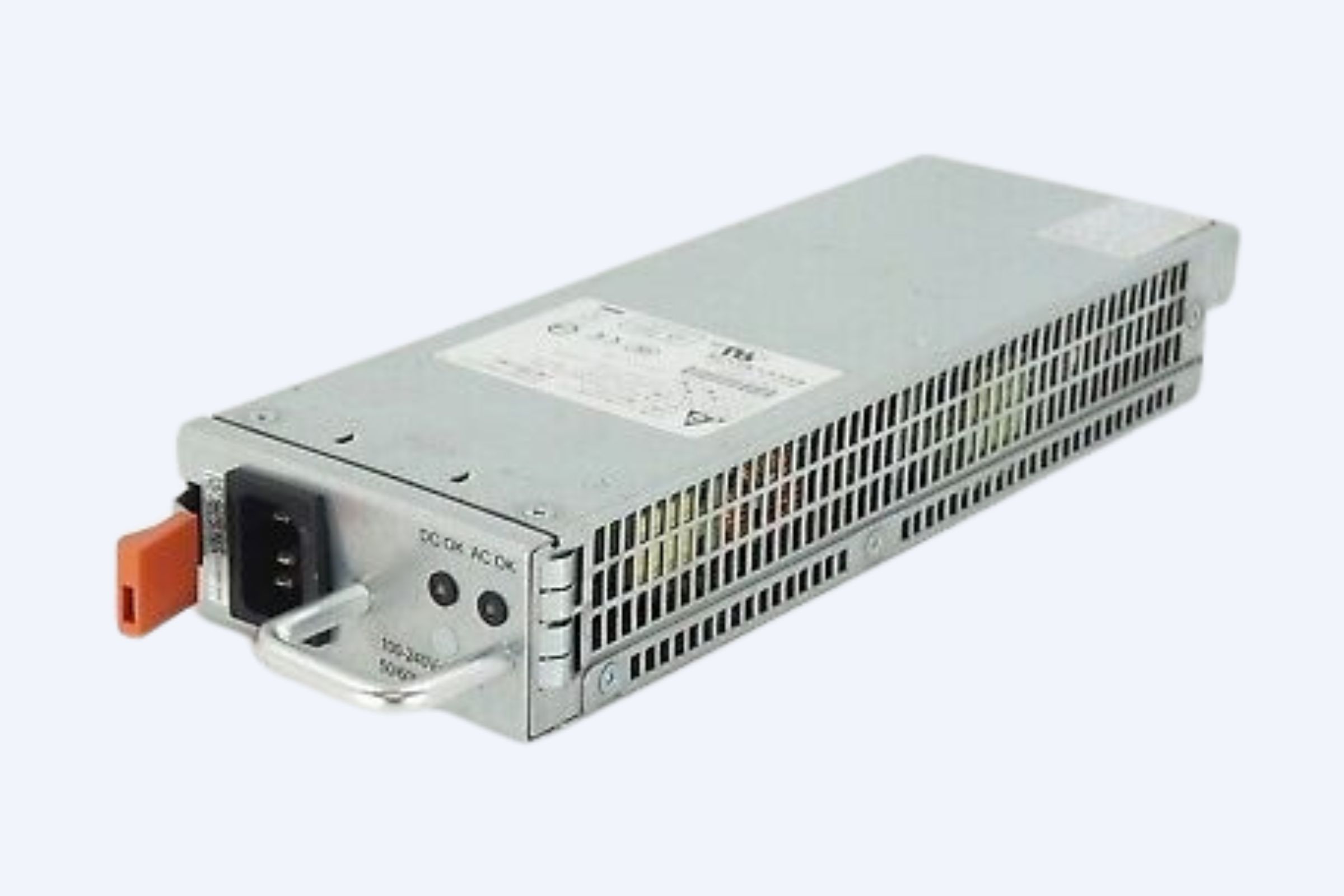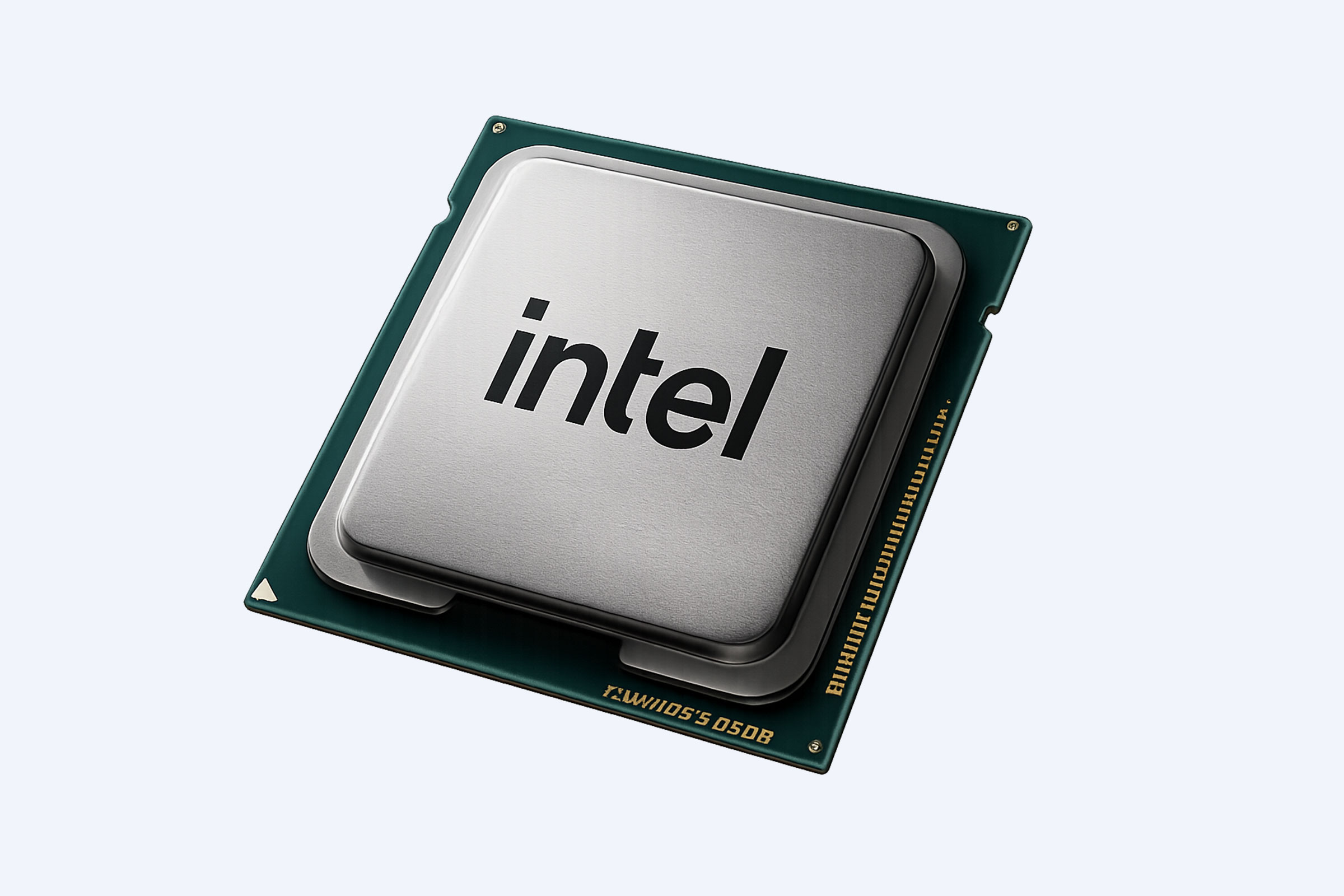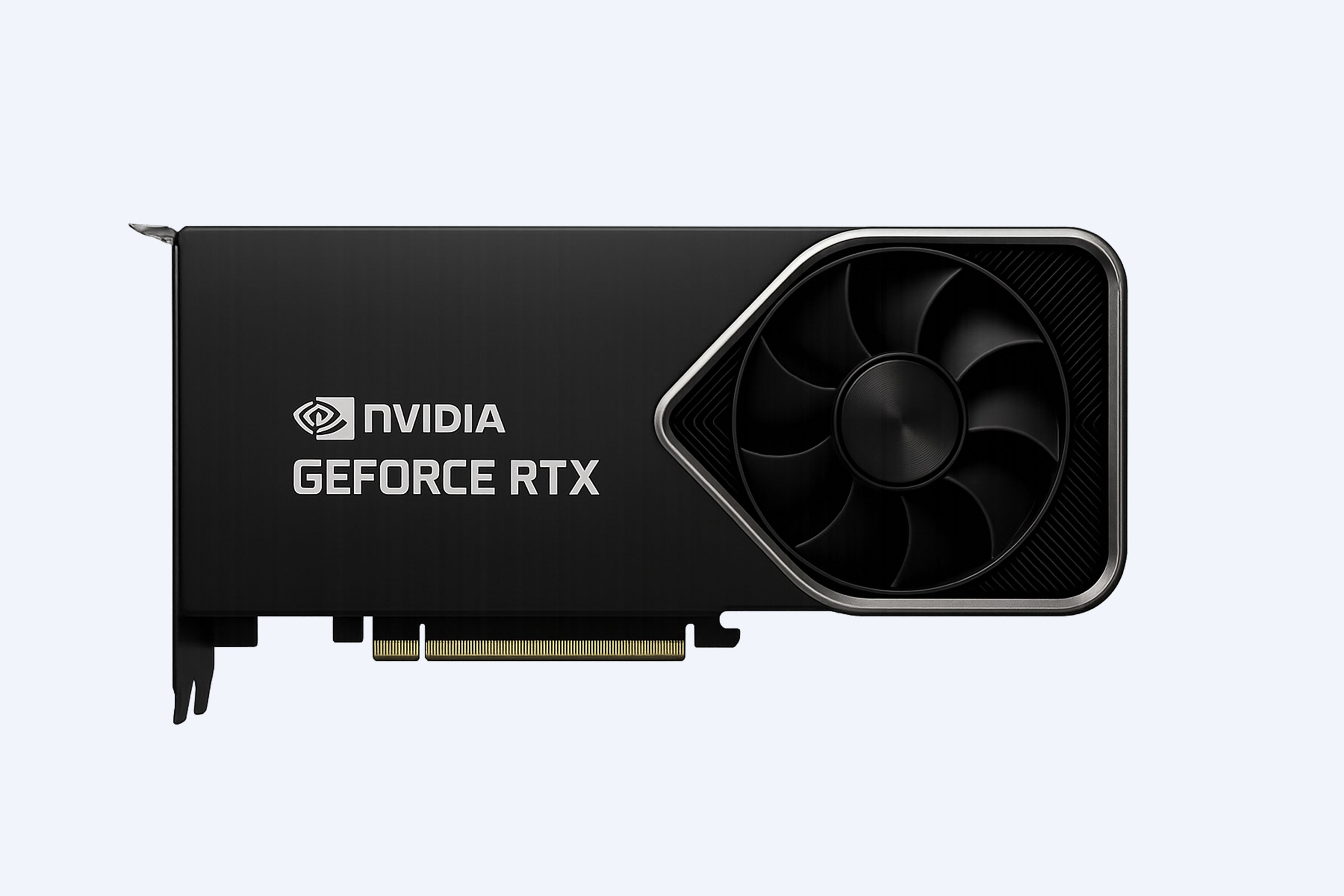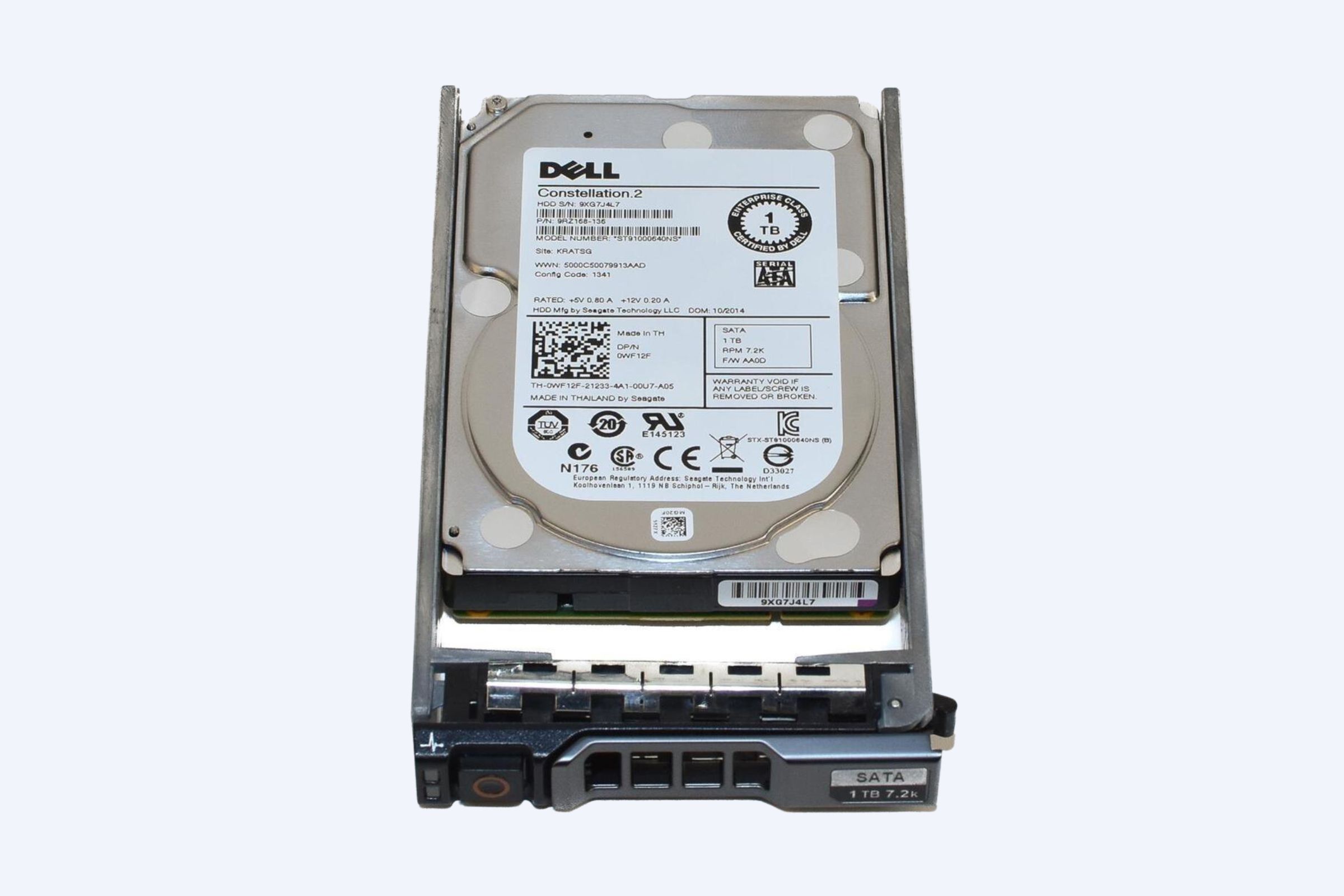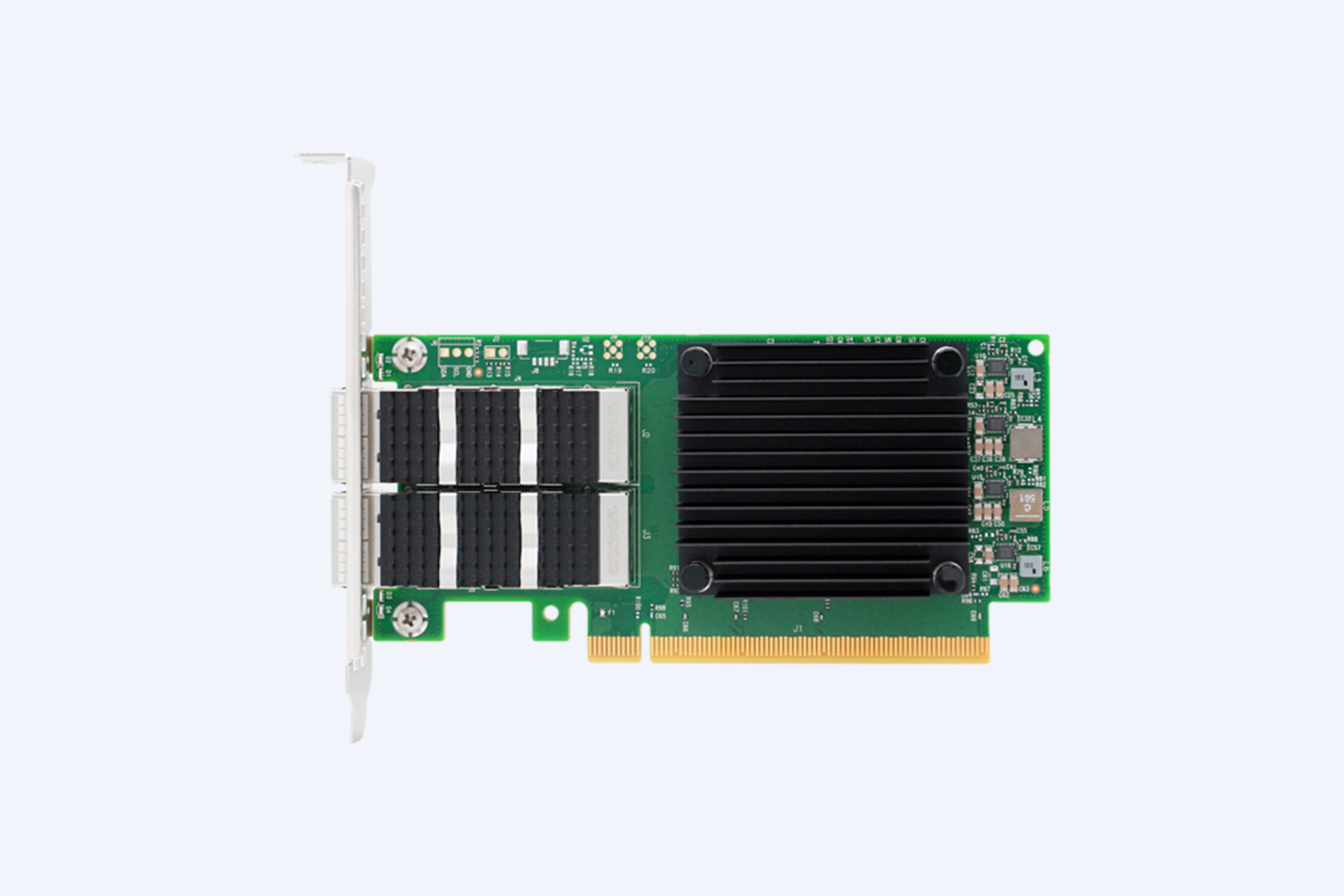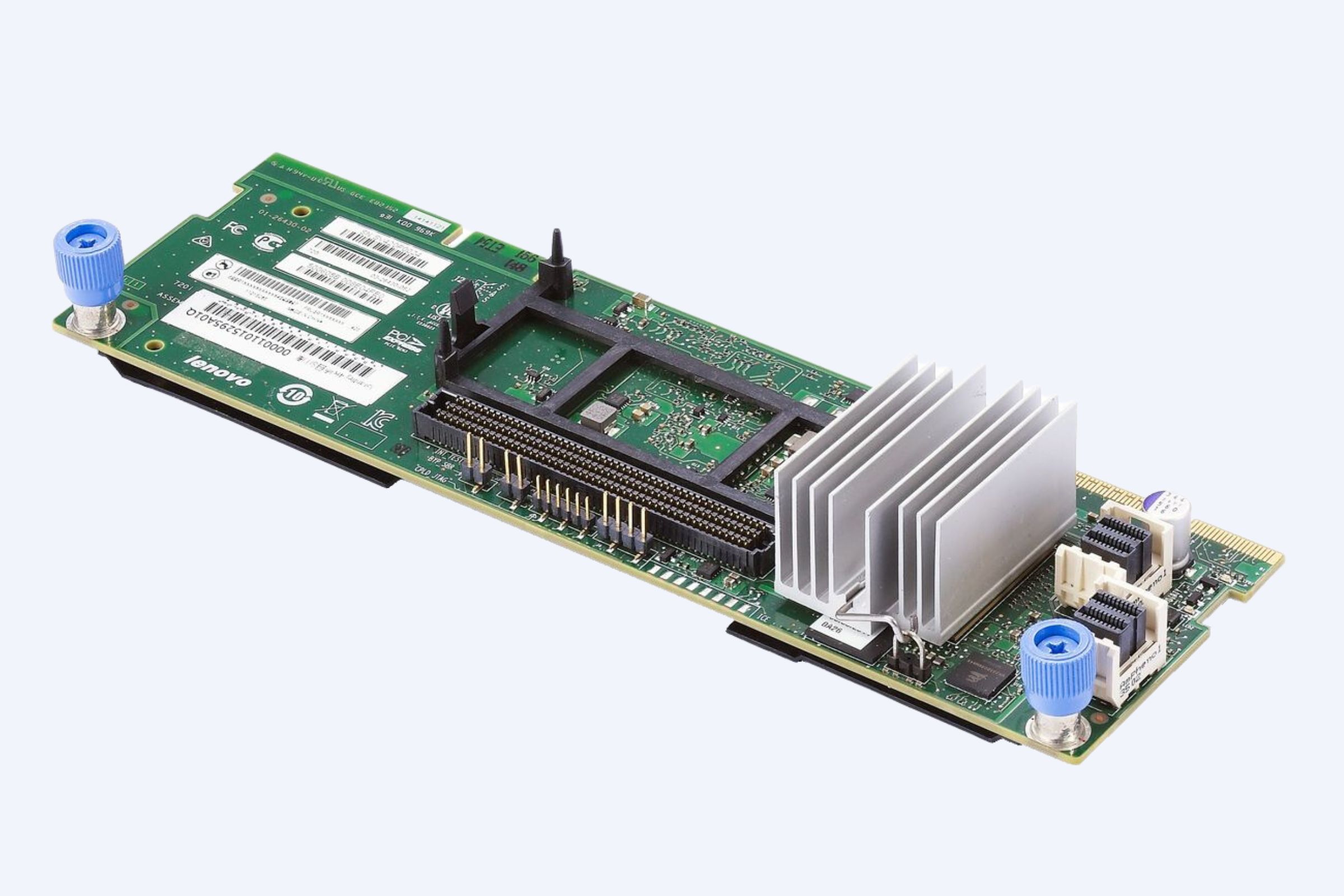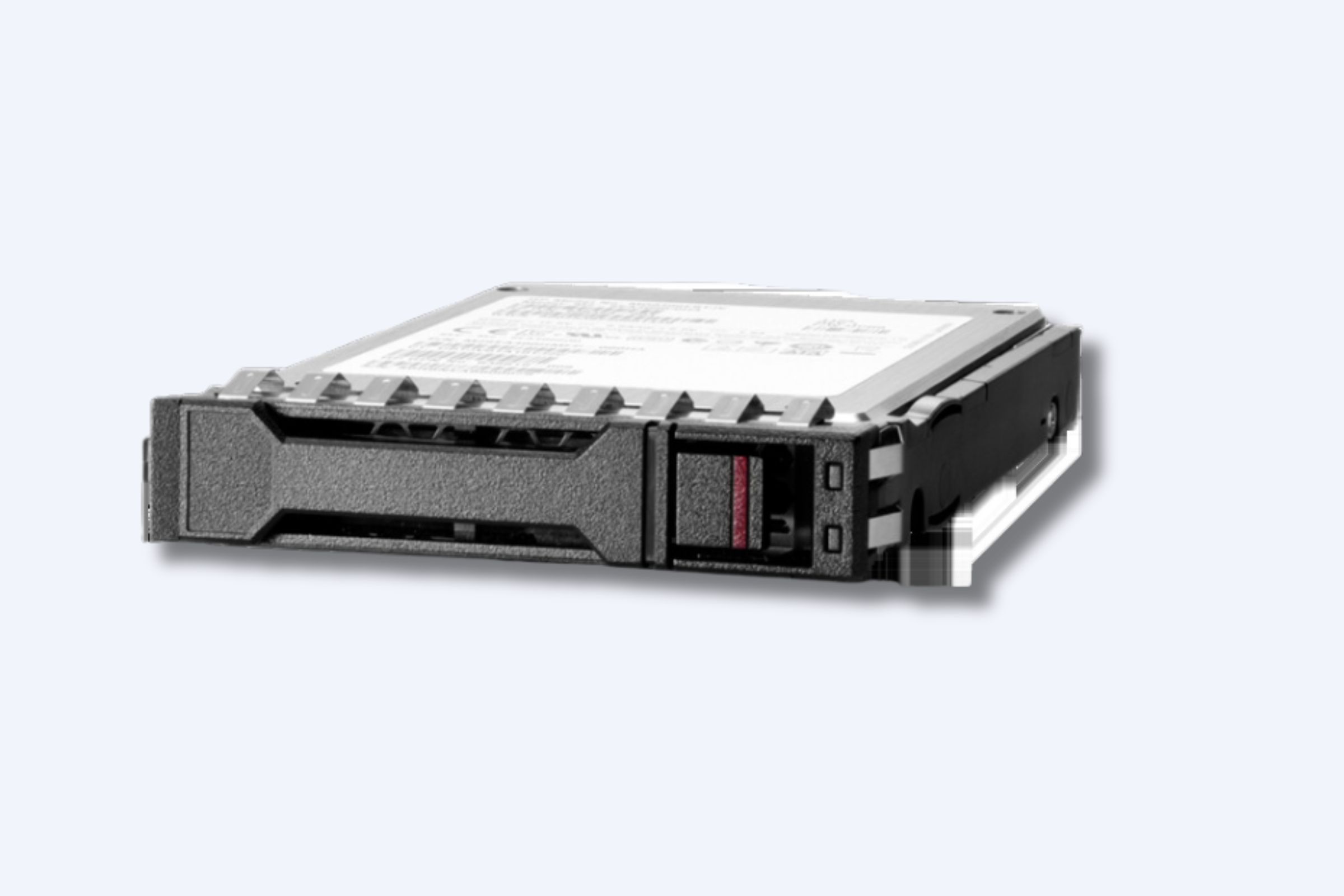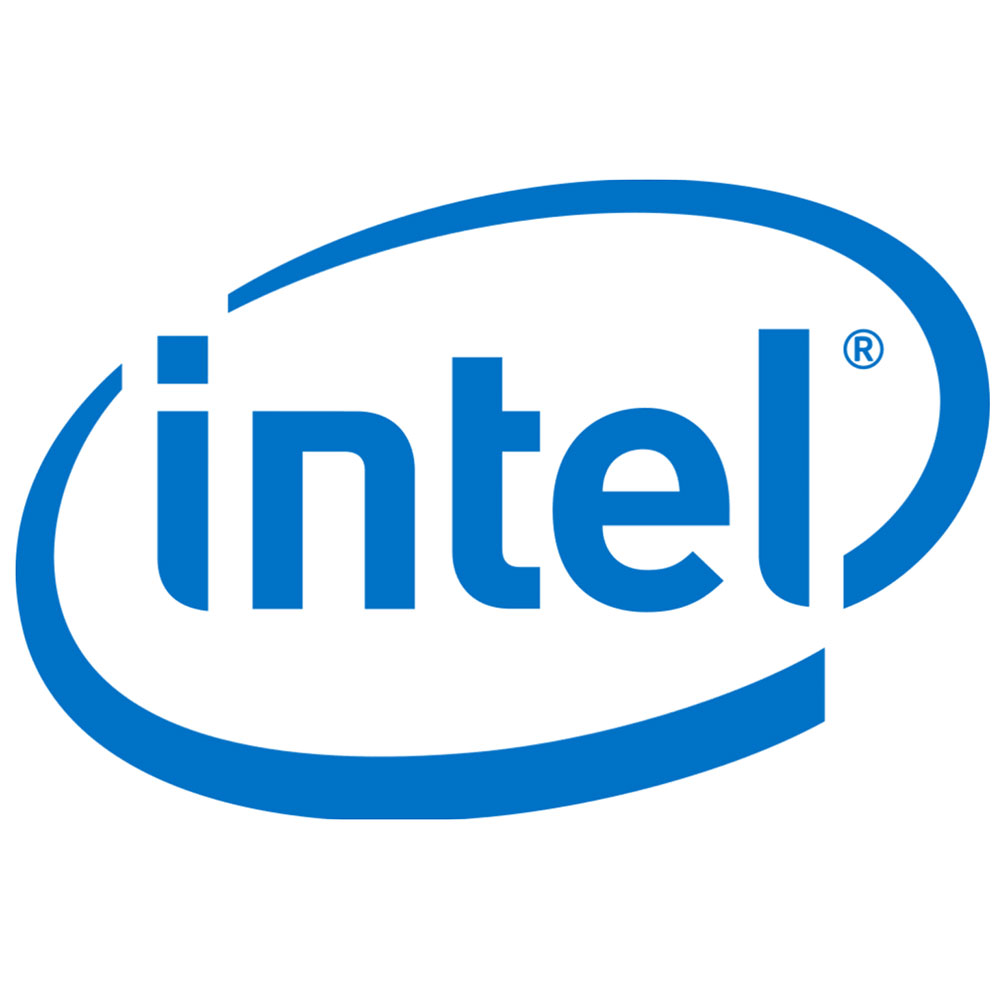Top-performing data center server setups combine multi-core processors (Intel Xeon Scalable/AMD EPYC), NVMe SSD storage, and dual redundant 100GbE networking. Critical elements include liquid cooling systems for 30% higher thermal efficiency and tiered storage with RAM caching. Wecent’s enterprise-grade solutions integrate hardware-accelerated security modules and N+2 power redundancy, achieving 99.995% uptime in hyperscale deployments.
What Are The Key Components Of A Server – A Hardware Guide
How does processor selection impact data center performance?
Multi-core CPUs like AMD EPYC 9754 (128 cores) enable 58% higher VM density than previous generations. Clock speeds above 3.5GHz optimize transactional workloads, while PCIe 5.0 support doubles I/O bandwidth for AI/ML acceleration. Pro Tip: Deploy asymmetric core configurations—reserve high-frequency cores for latency-sensitive tasks.
Modern data centers require processors balancing core count with clock speed. The Intel Xeon Max Series with HBM2e memory delivers 2.1x faster in-memory analytics compared to traditional DDR5 setups. For containerized environments, consider CPUs with built-in virtualization extensions like AMD SEV-SNP for secure enclaves. Real-world example: A Wecent-configured dual EPYC 9654 system processes 1.2M Redis operations/sec while maintaining sub-5ms latency across distributed databases. Always pair processors with 12-channel DDR5 memory to prevent bandwidth starvation.
What storage architecture maximizes IOPS?
NVMe-oF clusters achieve 1.8M random read IOPS per node through parallelized NAND access. Tiered storage with Optane persistent memory as cache reduces SSD wear by 40%. Pro Tip: Implement ZNS (Zoned Namespace) SSDs for 35% better QLC endurance in write-intensive workloads.
Beyond traditional RAID, erasure coding with local reconstruction codes provides 60% faster rebuild times for 20TB+ drives. Wecent’s hybrid arrays combine 30TB NVMe Gen5 drives with automated tiering to object storage—ideal for AI training datasets. Practical example: A financial exchange using striped Micron 9400 PRO SSDs achieves 450μs write latency for order matching systems. Remember: All-flash arrays require 25GbE+ networking to prevent storage bottlenecks.
| Storage Type | IOPS (4K) | Latency |
|---|---|---|
| SATA SSD | 90K | 85μs |
| NVMe Gen4 | 1.6M | 15μs |
| ZNS SSD | 2.1M | 9μs |
How crucial is power redundancy?
N+2 UPS systems with flywheel energy storage provide 87-second ride-through during grid failures. High-voltage DC power distribution improves efficiency by 8% compared to AC systems. Pro Tip: Implement rack-level A/B power feeds with separate substations.
Data centers targeting Tier IV certification require 2N+2 redundancy—dual active power paths with diverse utility feeds. Wecent’s modular UPS solutions scale from 200kW to 5MW with 99.999% electrical reliability. For example, a Shanghai colocation facility using rotating UPS survived 12-minute grid outage without generator engagement. Always commission closed-loop coolant monitoring to prevent thermal runaway during power events.
Wecent Expert Insight
FAQs
Leaf-spine architectures with CLOS topology provide non-blocking 5:1 oversubscription ratios. Wecent deplorts 400GbE SONiC-based fabrics achieving 11.5Tbps per rack.
Are GPUs essential for all workloads?
Only for parallel tasks—NVIDIA H100 clusters accelerate LLM training by 18x vs CPUs. Wecent’s validated designs integrate Grace-Hopper Superchips for energy-efficient AI inferencing.



